#Theravada
Explore tagged Tumblr posts
Text
A psicoterapia é fundamental para quebrar todos os tipos de ciclos mentais que levam ao sofrimento por repetição.

Não é mais necessário se tornar um monge budista e passar anos a fio imerso em praticas meditativas, basta fazer uma boa psicoterapia.

Ciclos mentais fazem com que pessoas fiquem presas a magoas, lembranças e qualquer tipo de ancora que leva a uma cascata de manifestações psicossomáticas, que são as principais causadoras do famoso sofrimento humano tão estudado pelo príncipe Siddhata Gautama o Buda.

Livre-se das âncoras através das psicoterapias.

#psicoterapia#cérebro#mente#psicanálise#terapia#psicossomáticas#meditation#meditação#mindfulness#buda#tao#budismo#taoísmo#hinduismo#yoga#patanjali#paramahamsayogananda#hatthayoga#zen#vajrayana#mahayana#hinayana#theravada#krishna#shivha#babaji
82 notes
·
View notes
Text
#tumblr polls#tumblr poll#Random polls#Religion#Religion poll#Polls#judaism#jewblr#Jewish#atheism#atheist#agnostic#non religious#Christian#Christianity#catholic#protestant#islam#Muslim#islamic#Hindu#hinduism#hindublr#islamblr#christianblr#buddhism#buddhist#theravada#mahayana#Sikhism
51 notes
·
View notes
Text
The Buddha in different religions/beliefs.

Firstly, who is the Buddha?:
The historical Buddha was a prince named Siddhartha Gautama who lived 2500 years ago in what is today northern India/Nepal. He was born into a warrior clan known as the Shakya, which is why he is often called Shakyamuni, “Sage of the Shakyas.” He is the one to later abandon worldly attachments, become enlightened, and found Buddhism.
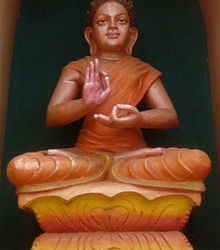
The Buddha in Hinduism.
Some Hindus consider the Buddha as the 9th avatar of Vishnu/Dashavatara, The Buddha was integrated into Vaishnavism, it was also believed the Buddha’s wife, Yasodhara, was the avatar of the wealth Goddess Lakshmi, though Buddhists deny this, so as other Hindus who identify the 9th avatar of Vishnu to another being who was also called “buddha”.

The Buddha in Christianity.
Called St. Josaphat (Budhasaf) of India, The story of St. Josaphat tells of a prince in India who is converted to Christianity by a monk, despite his father's attempts to prevent it. The monk and prince are later honored as saints in Christendom. The Buddha was honored as a Christian saint for about a thousand years, but this wasn't recognized until the mid 19th century.

The Buddha in Hellenism.
Buddhism had a big influence on ancient Greeks, in which they would identify Buddhist beings with Greek beings, the Greeks were also the first ones to make Buddhist statues. Heracules (or Zeus) was identified with The bodhisattva Vajrapani, whom was seen as Buddha’s protector. There also was a Syncretism between The Buddhist Goddess Hariti & Greek goddess tykhe.

The Buddha in Taoism.
Some Taoist believe that the Buddha was a reincarnation of Laozi, the founder of Taoism. Some also believe he was either on the same power-level as the Jade emperor, the Taoist king of heaven, or stronger than him. 'Buddha' is absorbed wholly into the Taoist cosmology, becoming another term used to describe the generative tissue at the source of all things in both the mental and physical realms.

The Buddha in Shinto.
Buddhism & Shinto are mostly seen highly entwined in Japan. The buddha is called Shaka in Japanese & was transformed into a powerful Japanese deity, whom coexisted with the Shinto gods. Buddhist temples were often attached to Shinto shrines. A Shinto temple would sometimes have a priest of that shrine read a Buddhist sutra in which Shinto events took place.
#buddhism#buddha#buddhist art#hinduism#christianity#hellenism#Taoism#daoism#shinto#shintoism#religions#the buddha#Siddhartha#gautama#siddhartha gautama#shakyamuni buddha#shakyamuni#desiblr#lotus-list#buddhistwitch#desi#desi tag#mahayana#vajrayana#theravada#zen
38 notes
·
View notes
Text
THERAVADA - IcyHot
11 notes
·
View notes
Text
The diversity of Buddhism is fascinating. All the way from “there are no gods, there are no miracles, there’s no such thing as an immortal soul, karma and reincarnation are just metaphors,”
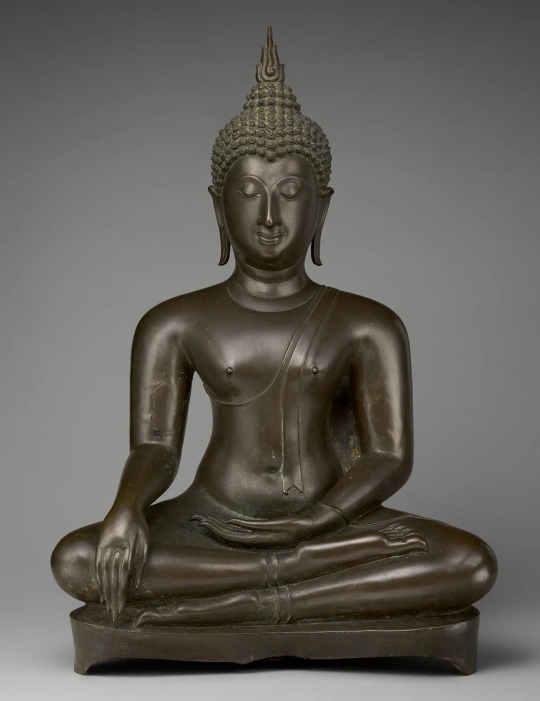
to “Siddhartha Gautama the Buddha was one human incarnation of the omnipotent multiversal being Mahāvairocana who came to give supernatural powers to his Enlightened followers, one of whom, Amitābha, made a Pure Land where you can go after you die if you call upon his name.”
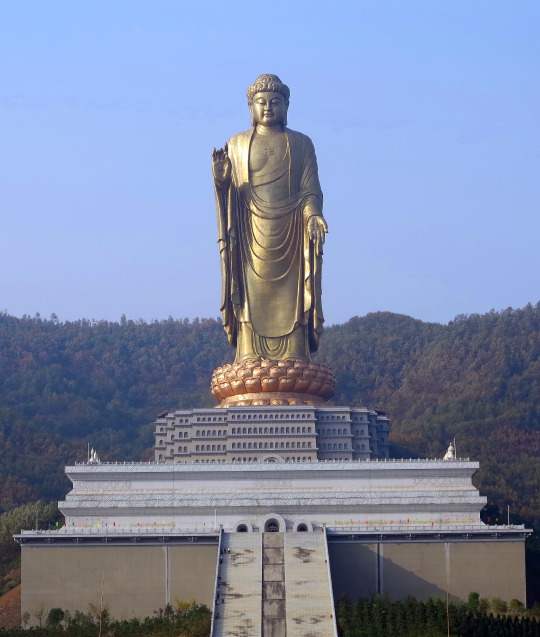
Granted you could also kind of say the same thing about Christianity, but that’s always been a lot more self-policing of deviance, after all if you think there’s only one truth you want to nail down what exactly it is. Groups like Gnostics or Unitarian Universalists have always been marginalized, with the possible exception of the Mormons, who were isolated enough to actually build up some population.
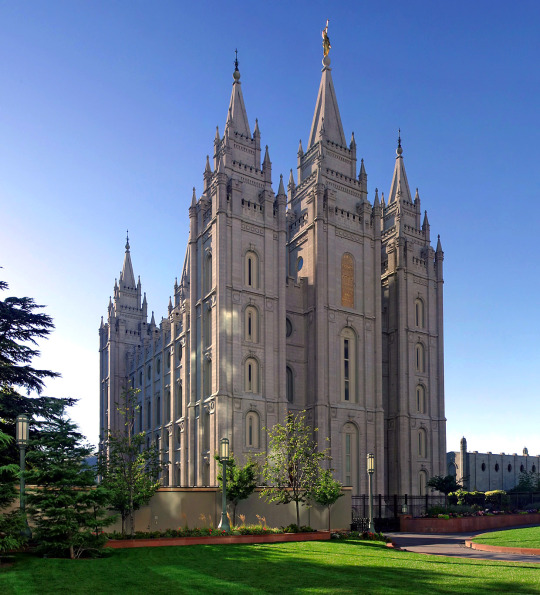
#religion#atheism#buddhism#theravada#mahayana#tibetan buddhism#zen buddhism#pure land buddhism#latter day saints
32 notes
·
View notes
Text
i'm thinking about when i was younger, before i'd even really learned much about buddhism beyond the very basic summary you learn in a basic social studies class in grade school, how i didn't understand meditation at all. i only understood it as the stereotypical idea of "clearing your mind of all thought." i didn't understand how that was possible; how could you just empty your mind? how could you not think of anything?
it wasn't until i was maybe 15 or 16 that i discovered the concept of ānāpānasati, mindfulness of breath. that made it click for me. you're not chasing away your thoughts, because especially without practice that is a pretty futile endeavor. instead, you're bringing in something you already have, your breath, and focusing your mind on it. it doesn't chase away your thoughts; in a sense it replaces them, but more accurately, it transforms them. thich nhat hanh once compared the effect of mindfulness to the effect of light: light does not destroy shadows; it transforms them into more light. just so, mindfulness of breath does not destroy your errant thoughts, but transforms them into more mindfulness. you are able to use your breath as a lever into mindfulness (pali: "sati"), into concentration ("samādhi"), into insight (vipassana), into peace (i believe the pali for what i mean here is "passaddhi").
12 notes
·
View notes
Text

6 notes
·
View notes
Text
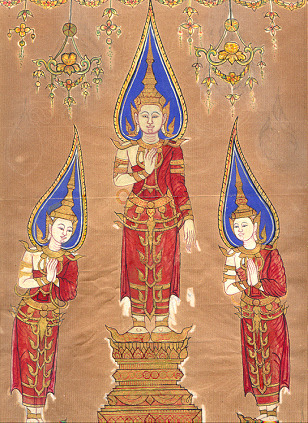
Buddha and Two Disciples, unknown Siamese (Thai) artist, last quarter of 19th century (Rattanakosin Kingdom)
#art#art history#religious art#Buddha#Buddhism#Buddhist art#Theravada#Southeast Asia#Southeast Asian art#Kingdom of Siam#Thailand#Thai art#19th century art#pigments and gilt on paper#Walters Art Museum
62 notes
·
View notes
Text
Ahimsa is non-violence in all things.
Even in thought. You never hold feelings of anger or hatred towards any being, animal or human. Everyone is a friend. Every folly is just a folly, every suffering just a suffering. Homage to all Tathagatas.
#buddhism#art#spirituality#spiritual awakening#dharma#mahayana#theravada#dalai lama#tibetan buddhism#tibetans#hinduism#india#indians#indian philosophy#philosophy#ethics#morality#right and wrong#right#wrong#good#evil#lesser#greater
4 notes
·
View notes
Text
Dhammapada 1-14 (esperanto)

Kiel kabanon bone tegmentitan ne tiom enpenetras pluvo, tiel la koron kulturitan ne tiom enpenetras volupto.
Versio en esperanto de: Ramón E. Morales C. Ilustraĵo: P. Wickramanayaka. Prenita el la libro: Treasury of Truth - Illustrated Dhammapada.
La koro (citta) estas la plej intima kaj punkta parto de nia menso, de nia konscio. Ĝi estas la punkto, kie ni “scias” kaj distingas la bonon disde malbono, la realon disde la imagito, la lertan disde la mallerta. Se nia koro estas bone kulturita (subhāvitaṃ), bone disvolvita, ĝi estas kiel kabano bone tegmentita, kien la pluvo ne penetras abunde. Tiel la veneno nomita rāga, volupto, avideco, avareco, dezirego, ne penetras nian menson kaj konscion. Ĉi tie kulturado (bhāvanā) estas tuta serio da mensaj agadoj lertaj: studi la tekstaron, pripensi pri la instruoj, kontempli la virtojn, kaj mediti.
3 notes
·
View notes
Text










Some pictures from the Kathina Ceremony at Jetavana Temple Forest Monastery
#ajahn chah#buddhism#Buddhist#theravada#Thai forest tradition#Ajahn#Ajahn Sumedho#dhamma#Buddha#sangha
7 notes
·
View notes
Text

Sri Lankan Buddha, part of Phoenix art museum's collection
5 notes
·
View notes
Text

The Noble Epiphany.
“Two people, mendicants, arise in the world for the welfare and happiness of the people, for the benefit, welfare, and happiness of gods and humans. What two? The Realized One, the perfected one, the fully awakened Buddha; and the wheel-turning monarch. These two people arise in the world for the welfare and happiness of the people, for the benefit, welfare, and happiness of gods and humans.”
6 notes
·
View notes
Text
Yo I made Buddhism and Hinduism altar today in minecraft, quite messy cuz I have 0 sense of decoration or whatsover but also 0 intention to disrespect any gods or religious figure

Might made some more variations of the altar, maybe specific to one god or in different categories (see the name of deities in tags!)
#buddha#gautama buddha#padmasambhava#guru rinpoche#tibetan buddhism#vajrayana#mahayana#theravada#buddhism#lord ganesh#lakshmi#rama#sita#ramayana#hinduism#hindu gods#hindu mythology#minecraft#altar setup#gaming
10 notes
·
View notes
Text
Theravada - Goodbye, Good Luck
13 notes
·
View notes
Text

Prabhashvara, Buddhist Flag.
Blue (Pāli and Sanskrit: nīla): The Spirit of Universal Compassion
Yellow (Pāli and Sanskrit: pīta): The Middle Way
Red (Pāli and Sanskrit: lohitaka): The Blessings of Practice – achievement, wisdom, virtue, fortune and dignity
White (Pali: odāta; Sanskrit: avadāta): The Purity of Dhamma – leading to liberation, timeless
Orange (Pali: mañjeṭ���ha; Sanskrit: mañjiṣṭhā), alternatively scarlet: The Wisdom of the Buddha's teachings
The sixth vertical band, on the fly, is made up of a combination of the five other colors' rectangular bands, and represents a compound of said colors in the aura's spectrum. This new, compound color is referred to as the Truth of the Buddha's teaching or Pabbhassara (lit. 'essence of light').
#Buddhism#Gautama Buddha#Prabashvara#Buddhist flag#buddhist#Buddha Dharma#Mahayana#Theravada#Vajrayana#Sarvastivada
5 notes
·
View notes